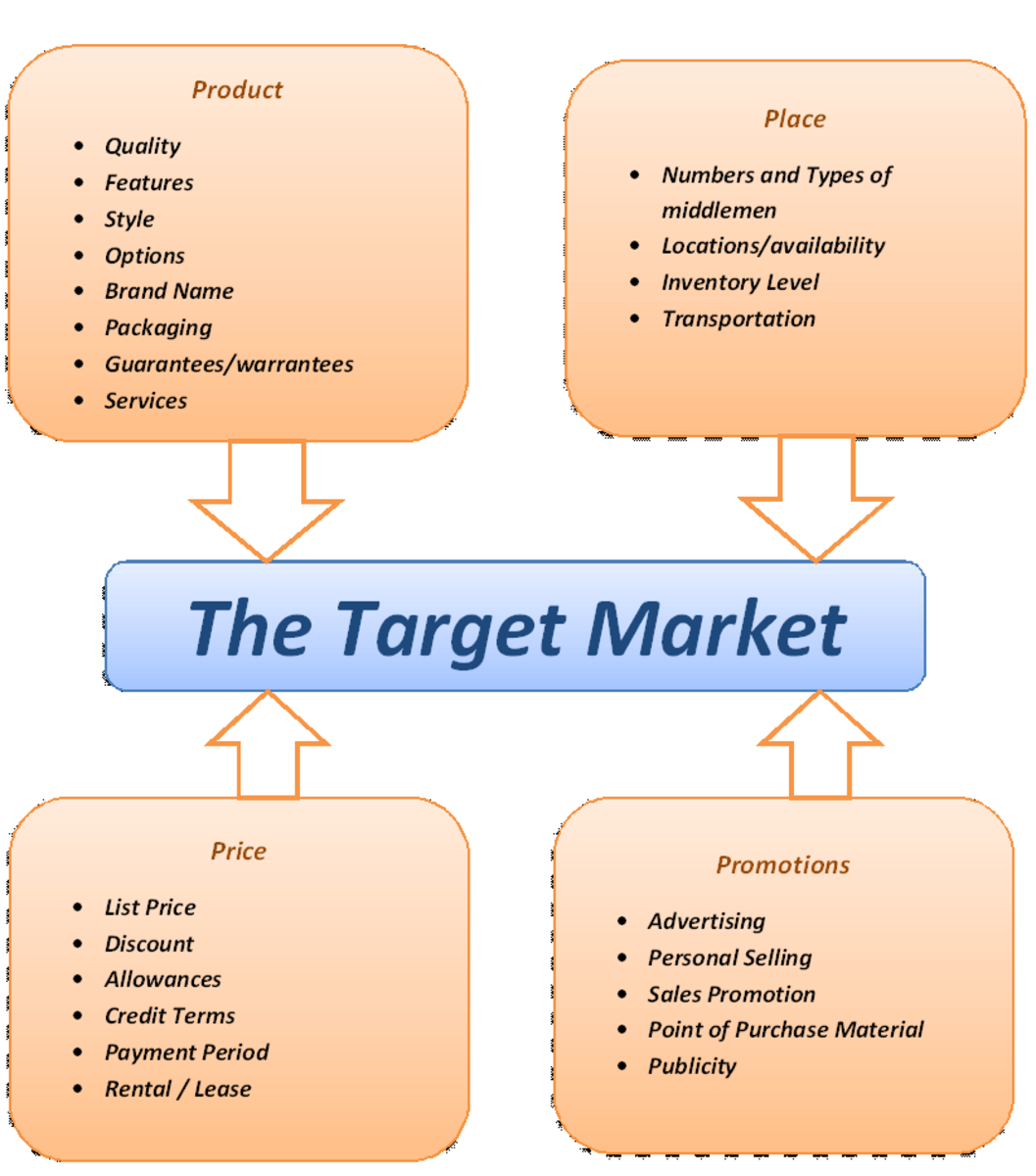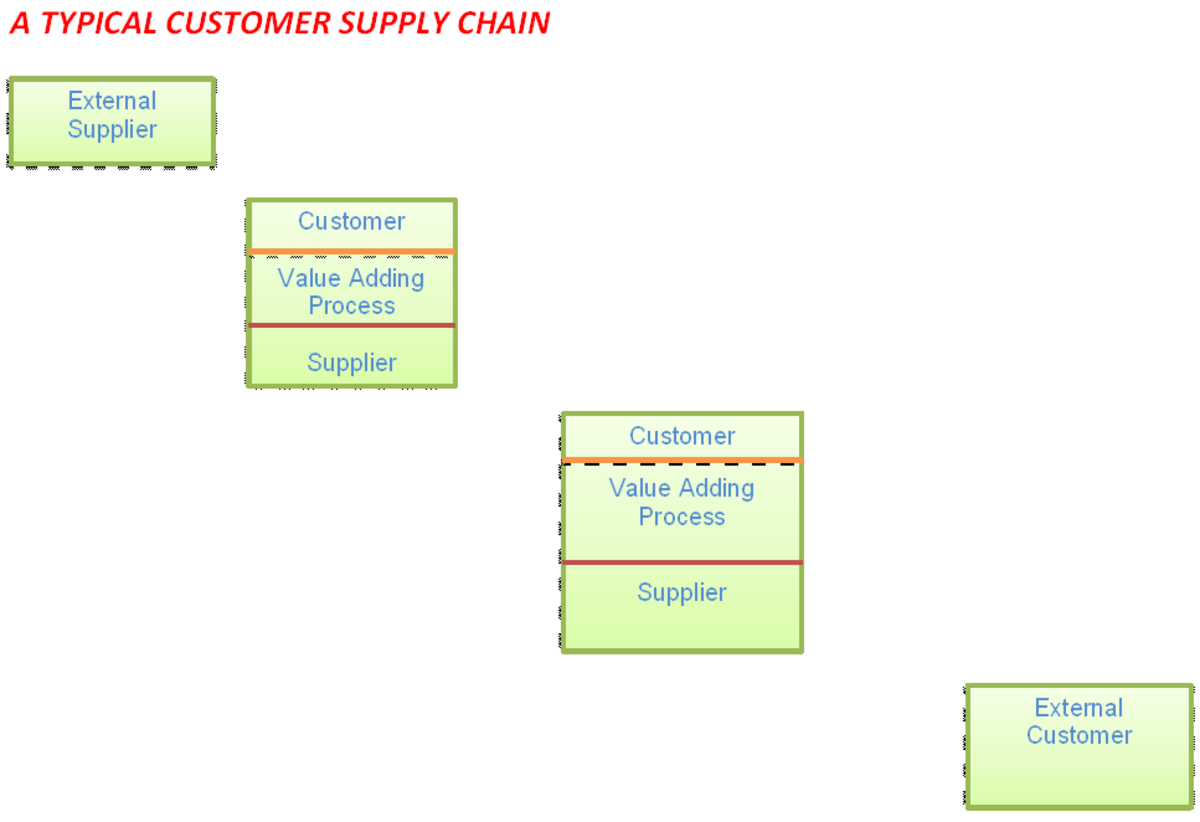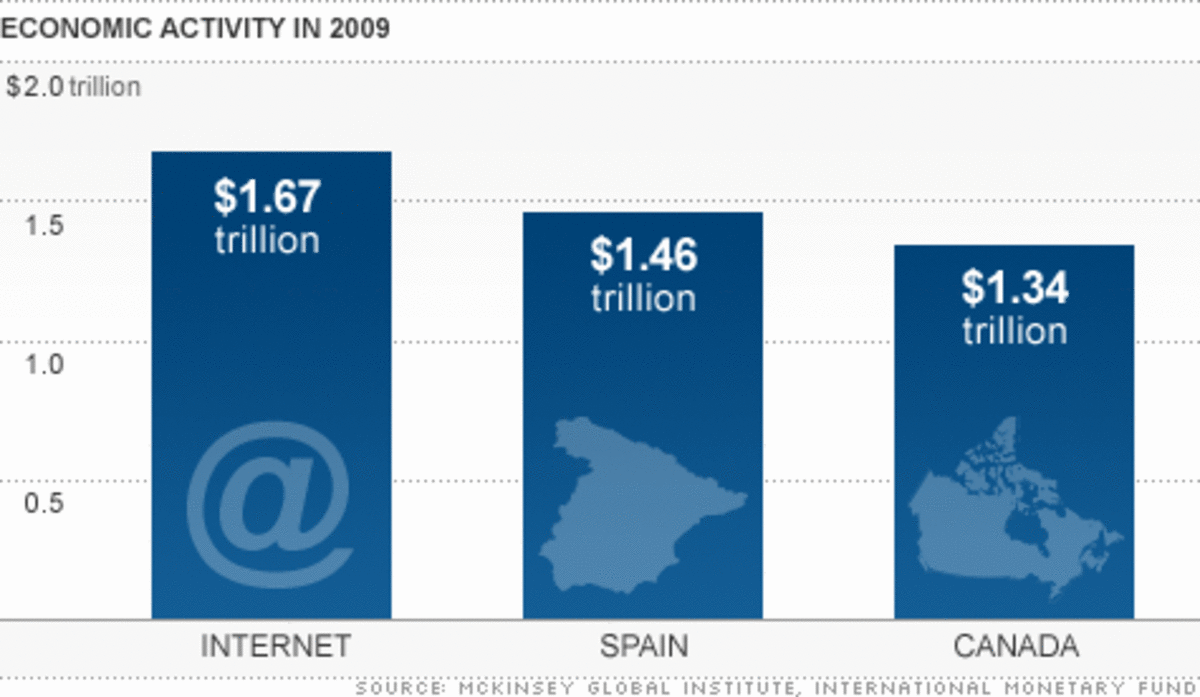How to Analyse Trends for Market Strategy and Planning?
A Framework for Assessing Market
Attractiveness
How the dynamics of change affect the attractiveness of particular markets and influence marketing strategies and programs
The world’s population in 2002 was 6.23 billion persons versus 2.56 billion in 1950. It was expected to grow to 7.83 billion by 2025. Some 80 per cent of the world’s population lives in the less developed countries, and 98 per cent of the increase in population is expected to be concentrated in Asia, Africa and Latin America. If current trends continue, the proportion of world population living in Sub Saharan Africa, the Near East and North Africa will rise through year 2025 because of the above average growth rates of these regions. On the other hand, because the growth rates of today’s more developed countries are slower than the global average, the share of world population living in today’s more affluent nations will continue to shrink, from 20 per cent to about 15 per cent of the total during the first quarter of this century.
Implications of Demographic Trends for Market Attractiveness
The demographic trends discussed in this section have resulted in rapidly growing markets for a diverse array of products and services.
2. The Social and cultural Environment
This environment represents the values, attitudes, and general behavior of the individuals in a given society. Compared with economic, political, and technological changes, the sociocultural environment evolves slowly. People grow up in a system of values they tend to carry throughout their lifetimes. Even so, we have in recent years seen a substantial change in individual values, family structure, minority rights, leisure time activities, and attitudes toward conservation.Although sociocultural changes are slow to happen in any individual country, there are fundamental differences between countries that are driven by their cultural histories.
Implications of Social and cultural Trends for Market Attractiveness
Along with broader sociocultural trends come changes in consumer tastes and behavior. Thus, sociocultural changes influence the markets for a broad array of consumer products such as natural foods, exercise equipment and sports beverages, low fat food products, and apparel. Sociocultural trends also have influenced how marketing activities are carried out in some markets.
3. The Economic Environment
The economic performance of a country is measured by gross domestic product (GDP) – usually on a per capita basis after accounting for inflation. To realistically compare incomes across countries, it is necessary to use a purchasing power parity (PPP) approach that considers the cost of a standard basket of products (expressed in US dollars) for each country. Thus, using a PPP analysis helps to compare the relative purchasing power of a given country with other countries. Using PPP values typically produces lower GDP per capita income for the wealthier countries and higher ones for the poorer nations. Despite this ‘leveling,’ the gap in real GDP (less inflation) has increased between rich and poor countries – mainly because of higher population growth. The world’s economic growth continues to increase as measured by total gross domestic product (GDP). As we write, the advanced economies of the world are all recovering from a slowdown, and future economic forecasts are dependent on how quickly the United States and Europe recover. In the years ahead, the developing countries are expected to have substantially higher rates of economic growth than the developed ones. Asia has experienced the strongest growth – over 7 per cent (primarily because of China and India’s impressive growth) – and is expected to continue at a 8+ per cent rate near term.•
Implications of Economic Trends for Market Attractiveness
4.The Political and Legal Environment
- Government Regulation
- Government Deregulation
- Implications of Regulation and Deregulation for Market Attractiveness
5.The Technological Environment
Technology can have a substantial impact on an industry’s performance. Consider the effect of genetic engineering on pharmaceuticals, of transistors on telecommunications, and of plastics on metals. Identification of the commercial potential of technological developments has dramatically accelerated, and the lag between ideas, invention, and commercialization has decreased.Over the past three decades, an amazing number of new technologies have brought forth such products as video recorders, compact disks, evermore powerful and ever smaller computers, fax machines, new lightweight materials, and highly effective genetically engineered drugs. Technological progress over the next 10 years is predicted to be several times that experienced during the past 10 years; much of it will be spurred by the need to find solutions to our environmental problems. •
- Trends in Electronics/ Telecommunications
Electronics have played an important role in Western societies since the 1950s. They were first used primarily in radio and television and lately in digital watches, automatic cameras, video games, and microcomputers. Probably nothing has changed the workplace more in recent years than the spread of the Internet and the World Wide Web. Technology is also changing the nature and scope of the telecommunications industry. The changes are revolutionizing how businesses operate (banks, airlines, retail stores, and marketing research firms), how goods and services as well as ideas are exchanged, and how individuals learn and earn as well as interact with one another. These innovations are the result not only of changes in computing systems but also of reduced costs in communicating (voice or data). Savvy marketers and entrepreneurs who follow technological trends are able to foresee new and previously unheard of applications such as these and thereby place them and their firms at the forefront of the innovation curve, sometimes earning entrepreneurial fortunes in the process.
- Implications of Technological Trends for Market Attractiveness
Changes in technology have always created attractive new markets. Think of all the markets created or made more attractive by Henry Ford’s invention of the automobile. Such changes also have swept away old ones, such as the market for buggy whips. Today’s venture capital investors monitor such changes, and many seek to invest their funds to serve markets that are growing exponentially as a result of technological developments, such as providing services for ecommerce firms. Some would say that choosing attractive markets or industries for investment is one of the most important criteria for venture capital success. In addition to creating attractive new markets, technological developments are having a profound impact on all aspects of marketing practice, including marketing communication (ads on the Web or via email), distribution (books and other consumer and industrial goods bought and sold via the Web), packaging (use of new materials), and marketing research (monitoring supermarket purchases with scanners or Internet activity with digital ‘cookies’). We explore the most important of these changes in later modules in this book.
6.The Physical Environment
While the evidence is increasing that greenhouse gases are changing the climate, there is considerable disagreement over the details of the warming effects. Still, various concerned groups are demanding that governments take strong remedial action. Among other undesirable eventualities, the greenhouse effect might trigger the infection of no tropical populations with such diseases as malaria, hepatitis, yellow fever, cholera, and meningitis. Worldwide, there are inadequate supplies of municipal water, which has forced some European cities to use tertiary sewage treatments to purify water for household use. In a recent move towards water self-sufficiency, Singapore will start adding reclaimed and treated used water to its raw water supply.The bottled water consumption has increased steadily in the world for the last 30 years, becoming the most dynamic sector in the food and beverage industry worth US$22 billion.
- Environmental Analysis Guides Marketing Decision
Making Macro trends can have powerful influence on the attractiveness of markets, as well as on marketing practice. What should managers charged with strategic responsibilities do to take advantage of or cope with such trends? First, they need to priorities trend categories, so they know what to watch for. Second, they need to identify, and then monitor, sources of relevant information about macro trends. Third, as key developments are noted, they need to anticipate impacts and be prepared to change strategies if necessary. We briefly address each of these issues in this section
- Prioritizing Trend Categories
- Ethical Issues in Macro Trend Analysis
Because there are myriad ways in which business and the environment interact, it is not surprising that firms find it difficult to cope with social and environmental issues. More and more companies, however, are taking an active role in dealing with these issues, not only making sure they are in compliance with regulations, but also taking a strong pro-social and pro-environmental stance that includes abandoning products that are socially or environmentally harmful.
- Information Sources and Outputs of Macro Trend Analysis
There is an endless supply of information about macro trends, including the popular and business press, the Internet, supplier and customer contacts, and so on. Thus, gathering relevant data is not difficult, but it does take time and effort. A good place to start is with trade associations and trade magazines, both of which typically track and report on trends relevant to the industries they serve.Government sources and the business press are good places to look for economic trend data. Almost all sources of information are now readily available on the Web. The key outputs of a competent macro trend analysis for any market should include both quantitative and qualitative data. Quantitative data should provide evidence of the market’s size and growth rate, for the overall market as well as for key segments. Qualitative data should include factors that will likely influence these figures in the future, whether favorably or unfavorably
- Anticipating and Responding to Environmental Change
Critical changes in macro environmental conditions often call for changes in the firm’s strategy. Such changes can be proactive or reactive, or both. To the extent that a firm identifies and effectively deals with key trends before its competitors do, it is more likely to win and retain competitive advantage. In any case, management needs systems to help identify, evaluate, and respond to environmental events that may affect the firm’s longer-term profitability and position. One such approach uses an opportunity/threat matrix to better assess the impact and the timing of an event, followed by the development of an appropriate response strategy. This approach is discussed below.
- Impact and Timing of Event
In any given period, many environmental events that could have an impact on the firm – either positively or negatively – may be detected. Somehow, management must determine the probability of their occurrence and the degree of impact (profitability and/or market share) of each event.
The Game Called MArketing






Marketing on Hubpages
- 10 Tips for Improving Marketable Job Skills
10 Tips for Improving Marketable Job Skills It isn’t easy to get a job today. There is just so much competition out there in the job market. In order to get a job, you not only need to have work... - How to Find the Most Popular Products so You can Sel...
When you know that the most popular products are then you can sell stuff online to a bunch of hungry customers! - 10 Top Android Market Alternative App Stores
The Android Market is not the only app store out there. See a list of popular alternatives -- Great for unauthorized devices. Amazon App Store, Opera Mobile App Store, Handango, GetJar, Insyde Market, SlideME, Appoke, YAAM, Mobihand, and AndAppStore. - Best Top 10 Niche Markets To Start An Internet Busin...
Top 10 niche markets to create yourself an online business with, see which of these ten niche ideas you really can start an internet business with.



